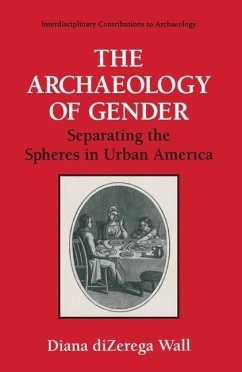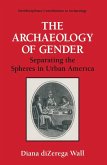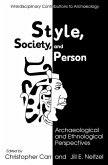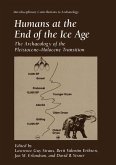Historical archaeologists often become so involved in their potsherd patterns they seldom have time or energy left to address the broader processes responsi ble for the material culture patterns they recognize. Some ofus haveurged our colleagues to use the historical record as a springboard from which to launch hypotheses with which to better understand the behavioral and cultural pro cesses responsible for the archaeological record. Toooften, this urging has re sulted in reports designed like a sandwich, having a slice of "historical back ground," followed by a totally different "archaeological record," and closed with a weevil-ridden slice of "interpretation" of questionable nutritive value for understanding the past. The reader is often left to wonder what the archae ological meat had to do with either slice of bread, since the connection be tween the documented history and the material culture is left to the reader's imagination, and the connection between the interpretation and the other disparate parts is tenuous at best. The plethora of stale archaeological sandwiches in the literature has re sulted at the methodological level from a too-narrow focus on the specific history and archaeology ofa site and the individuals involvedon it, rather than a focus on the explanation of broader processes of culture to which the actors and events at the site-specific level responded.
` Wall has a clarity of style that is enjoyable to read as her flow carries the reader along toward learning something important and basic about how New York City grew and evolved from the eighteenth, through the nineteenth, and into the twentieth century, and also about the process of urbanization....She manages to integrate enjoyably the elements of history and archaeology toward understanding process-a major goal of historical archaeology....Along the way she provides us with a better appreciation of the pivotal role women have played in this process.'
From the Foreword by Stanley South, University of South Carolina
From the Foreword by Stanley South, University of South Carolina
` Wall has a clarity of style that is enjoyable to read as her flow carries the reader along toward learning something important and basic about how New York City grew and evolved from the eighteenth, through the nineteenth, and into the twentieth century, and also about the process of urbanization....She manages to integrate enjoyably the elements of history and archaeology toward understanding process-a major goal of historical archaeology....Along the way she provides us with a better appreciation of the pivotal role women have played in this process.' From the Foreword by Stanley South, University of South Carolina








